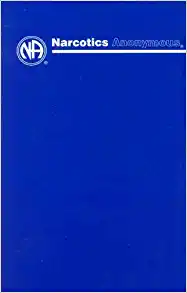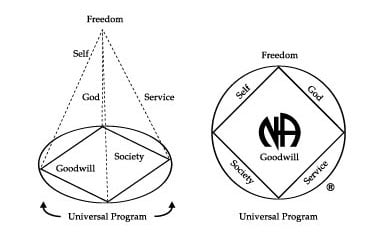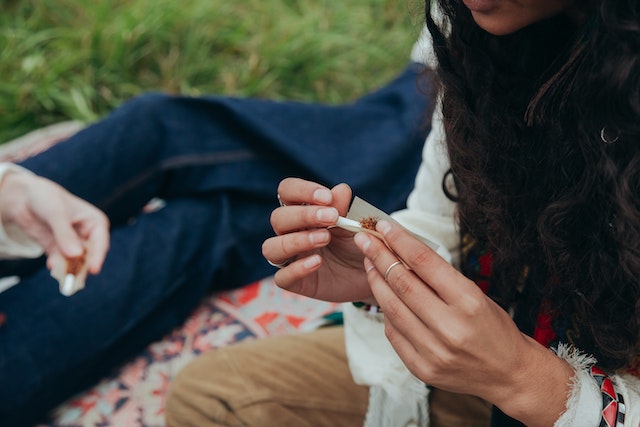What Are the Effects of Club Drugs?
First, let’s clarify what club drugs are. Club drugs are also known as designer drugs. They are psychoactive substances that are used in bars, nightclubs and concerts. However, they can also be found at other social settings such as music festivals. Club drugs can cause serious injury, death, and illness. Examples of club drugs include GHB, MDMA (ecstasy), Rohypnol (“roofies”), Rohypnol (“roofies”) and ketamine (Special K). LSD (acid), synthetic cannabisoids (spice), methamphetamines (“crystal meth”) are all common examples. These substances are so common and so dangerous that many people don’t realize their dangers, so our PA drug rehab wanted us to explain the consequences of club drugs.
What do Club Drugs Do?
Side effects of club drugs are unpredictable and can vary depending on which drug is being used. Rohypnol, or “roofies”, can cause severe sedation, memory loss, and crystal meth, a stimulant, elevates energy levels and mood. Club drugs are often made in illegal labs and contain many ingredients that can cause brain and nervous system damage.
These “cutting agents”, or additional ingredients, can worsen the negative effects of club drug use on the body and mind. The body can experience a variety of effects from depression to stimulation. The drug class and the effect on the central nervous system (CNS) determine which effects are experienced.
Substances such as GHB, Rohypnol and Spice act as depressants for the CNS while MDMA and LSD, crystal meth and bath salts act like stimulants. Club drugs, in general, increase sensory perceptions and decrease inhibitions. Club drugs can also increase mood and empathy. This is why many people use club drugs when they party or socialize.
Club Drugs: Short- and Long-Term Side Effects
Everybody reacts to club drugs differently, and side effects can be unpredictable. Because most of the ingredients in club drugs are not known to users, it is difficult to know what “safe” doses to take.
People who use club drugs often feel open, awake, and confident. Club drugs that are depressing can cause sedation, which can slow down the person’s reaction time and judgment. Due to their strong sedative effects, drugs like GHB and Rohypnol are often used for date rape.
Many club drugs can also cause hallucinations. They affect the person’s ability think, feel and judge. These drugs can cause confusion and make it hard to distinguish reality from fantasy. They can also lead to memory gaps or blackouts. The individual, the drug and the dose can all affect the symptoms.
Club Drugs: Short-Term Effects
Usually, club drugs kick in between 10 and 20 minutes after being taken. Club drugs can have short-term effects, including:
- Euphoria
- Blurred vision
- Confusion
- Depression
- Drunk cravings
- Faintness
- Chills
- Dehydration
- Temperature increases
- False senses of affection
- Impaired judgment
- Clenching of involuntary teeth
- Muscle tension
- Nausea and/or vomiting
- Paranoia
- Severe anxiety
- Trouble sleeping
- Blackouts or memory problems (or gaps in memory)
- Motor control and muscle loss
- Heart rate and blood pressure increase
- Heart failure or kidney disease
Club Drugs Long-Term Effects
Club drugs can cause permanent damage to the brain because of their negative effects on the brain’s natural chemical production and chemical balance. Club drugs can be addictive because they have a negative impact on chemical balances and natural production. Long-term abuse will make the brain more dependent on these chemicals to make them.
Club drugs can have long-lasting effects.
- Insomnia
- Mental illness
- Impulsive behavior
- Heart disease
- Increased chance of overdose
- Memory impairment
- Kidney and liver problems
Addiction to club drugs can lead to isolation and changes in behavior. People who become addicted to drugs often lie to loved ones, steal from them and engage in criminal activity to get more. Reach out to our Pennsylvania drug rehab if your loved one is showing signs of drug addiction. We can help you find the right residential treatment program for you.
All In Solutions Can Help You With Drug Addiction
Help is available for anyone who has experienced the negative effects of club drug use or knows someone who has. All In Solutions Treatment Centers offer substance-specific addiction treatment in PA. This includes detox to address both the psychological and physical challenges of recovery. We offer a variety of psychotherapy programs to make sure clients get the care they require.
All In Solutions can help, no matter how long you have struggled with substance abuse. To learn more about our Pennsylvania addiction treatment, call us at 855-762-39796.
Similar Reading:
LSD vs. mushrooms: Side effects, ingestion methods & more
N-Bomb: An alternative kind of LSD
MDMA vs. LSD
The post What are the effects of club drugs? All In Solutions Treatment Centers first published this article.
All In Solutions Counseling Center is an alcohol and drug treatment network, an alcohol & drug treatment network. We outpatient & inpatient addiction treatment programs that are customized to meet each client's needs. Our specialized programs include:
- Christian recovery
- MAT for opiate addiction
- Art therapy addiction recovery
- Men's rehab
- Women's rehab
Our locations include:
What Are the Effects of Club Drugs?-All In Solutions-All In Solutions - A Solutions Based Behavioral Healthcare Group
from All In Solutions https://ift.tt/kMIuPy3
via IFTTT




